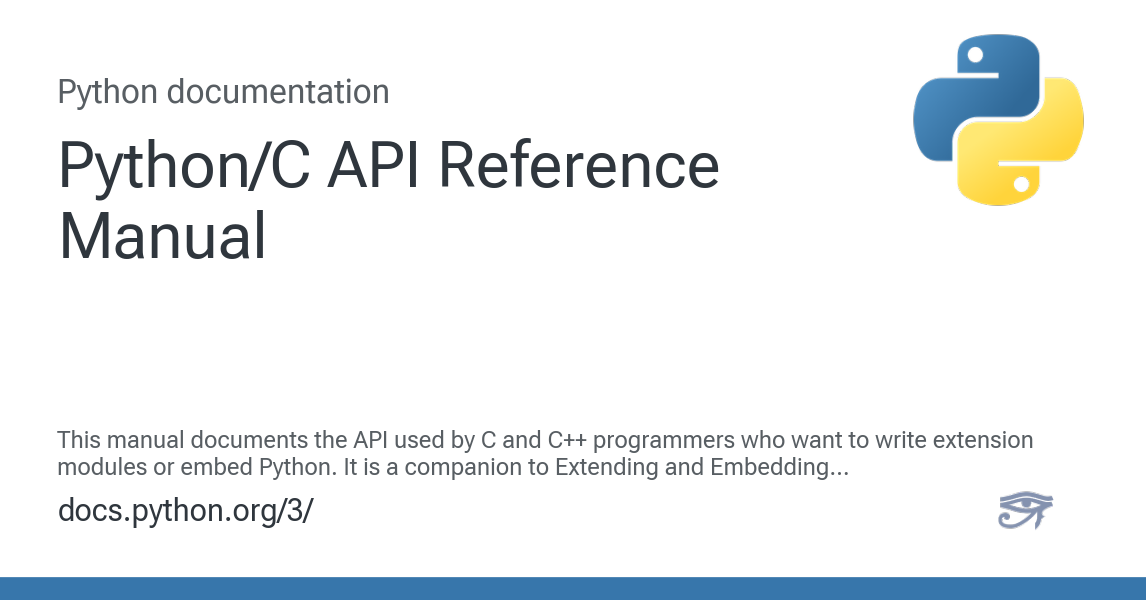dis — Disassembler for Python bytecode — Python 3.13.2 documentation
Source code: Lib/dis.py The dis module supports the analysis of CPython bytecode by disassembling it. The CPython bytecode which this module takes as an input is defined in the file Include/opcode....| Python documentation


